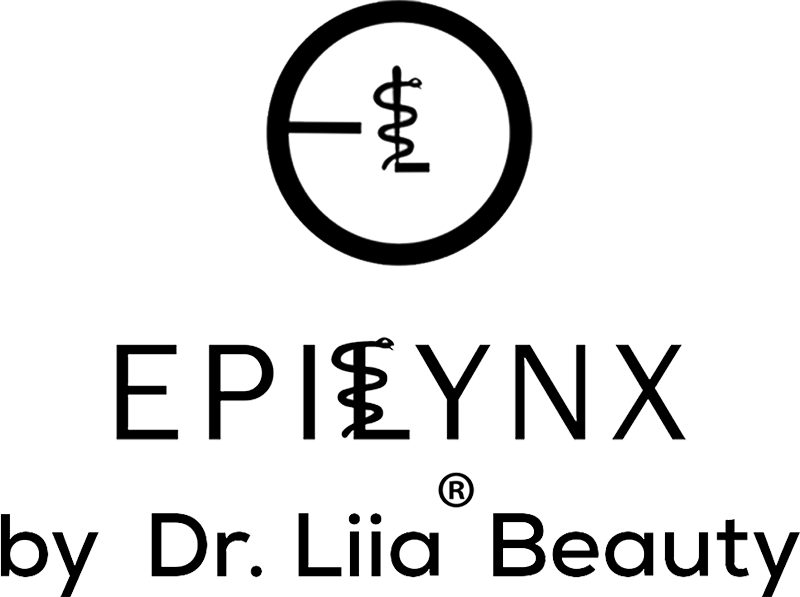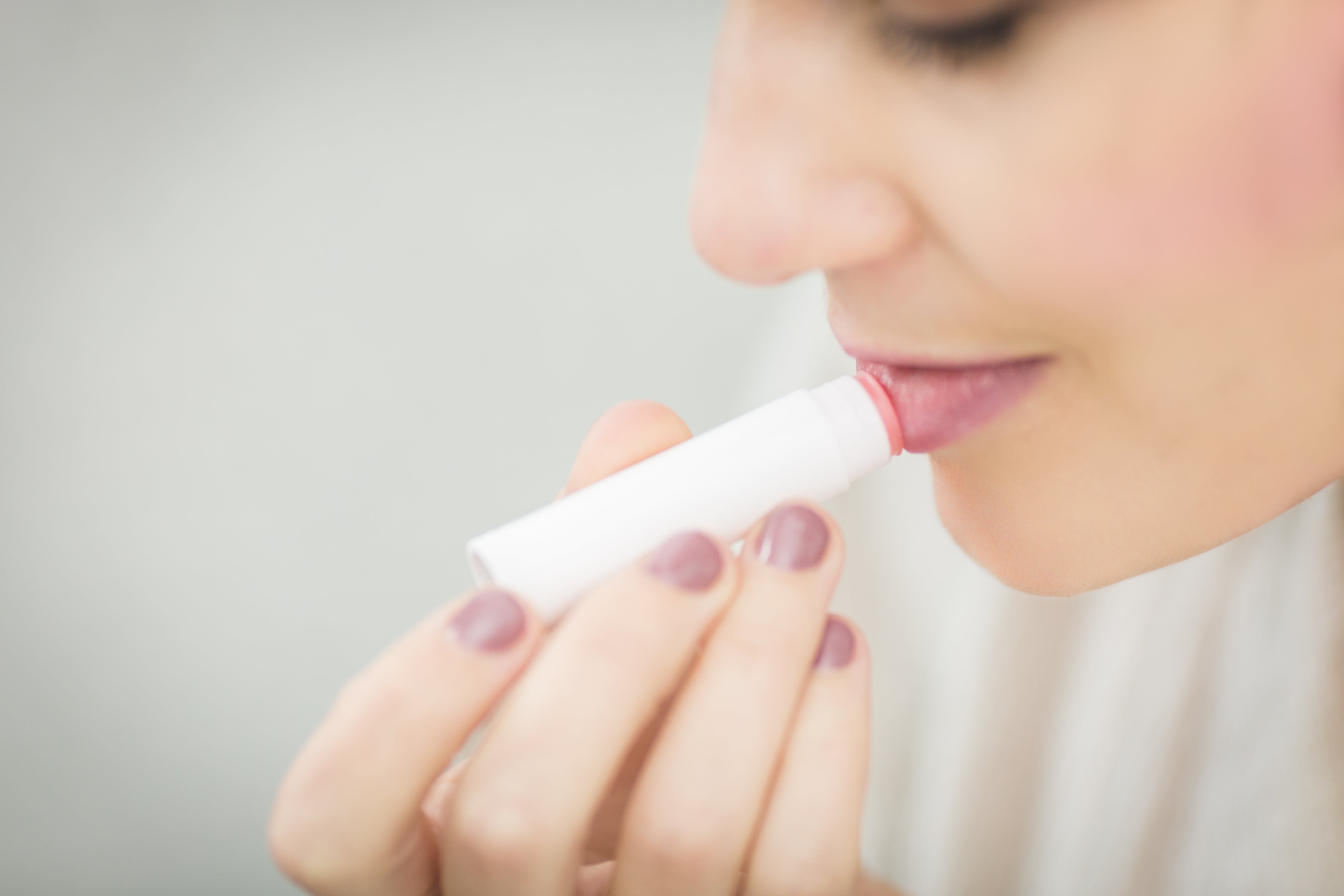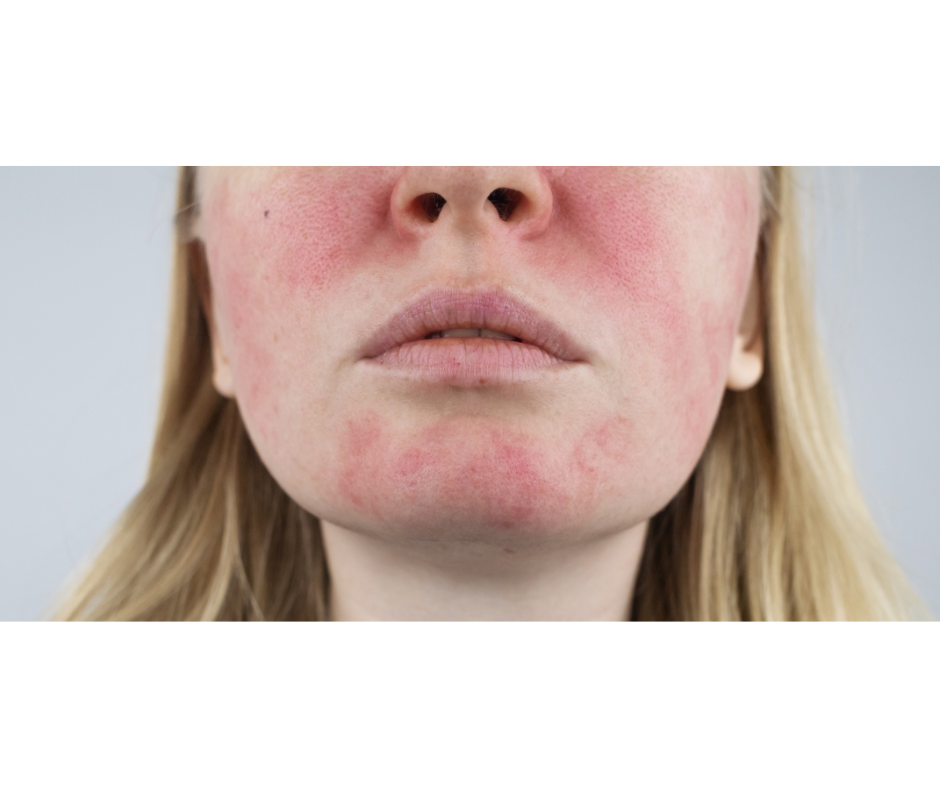
Why Phenoxyethanol is Considered Safe in Skincare
In the diverse world of skincare, the safety of ingredients is a paramount concern for both consumers and manufacturers. Phenoxyethanol stands out as a widely used preservative in a plethora of products, from facial creams to sunscreens. Despite its prevalence, questions about its safety often arise. This article aims to shed light on why phenoxyethanol is considered safe and beneficial in skincare, backed by scientific research and regulatory endorsements.
Understanding Phenoxyethanol
Phenoxyethanol is an organic compound known for its germicidal and germistatic properties. This ether alcohol serves a critical function in preventing the growth of harmful microorganisms in skincare formulations, thereby extending product shelf life. Its efficacy and relatively low toxicity at concentrations used in cosmetics (typically up to 1%) make it a preferred choice among formulators. But what assures its safety for human use?
The Safety Profile of Phenoxyethanol
Regulatory bodies worldwide, including the U.S. Food and Drug Administration (FDA) and the European Union’s Scientific Committee on Consumer Safety (SCCS), have thoroughly evaluated phenoxyethanol. They have deemed it safe for use in cosmetics at concentrations up to 1%. Extensive research supports these conclusions, demonstrating that phenoxyethanol does not pose significant risks of skin irritation, sensitization, or systemic toxicity when used as directed. These regulatory endorsements and scientific findings provide a solid foundation for its continued use in skincare products.
Benefits of Phenoxyethanol in Skincare
The antimicrobial properties of phenoxyethanol play a vital role in protecting skincare products from contamination. This not only ensures the product remains safe to use throughout its lifespan but also maintains its integrity and effectiveness. By preventing the growth of bacteria and fungi, phenoxyethanol helps safeguard the health of the skin, preventing potential infections or reactions that could occur from contaminated products.
Addressing Common Concerns
Misinformation and myths can often cloud the facts about cosmetic ingredients. Some may express concerns over phenoxyethanol based on misinterpretations of scientific data or selective reporting. However, when reviewing the totality of scientific evidence and regulatory standards, it’s clear that phenoxyethanol’s use in skincare is well-studied and monitored. The key to its safety lies in its concentration and the context of use—principles that guide the formulation of all cosmetic products.
Conclusion
Phenoxyethanol remains a testament to the careful consideration of safety in the skincare industry. Its widespread acceptance by regulatory authorities and continuous monitoring of scientific research reassure us of its safety. By making informed choices and understanding the ingredients in our skincare, we can enjoy the benefits of these products with confidence and peace of mind.


